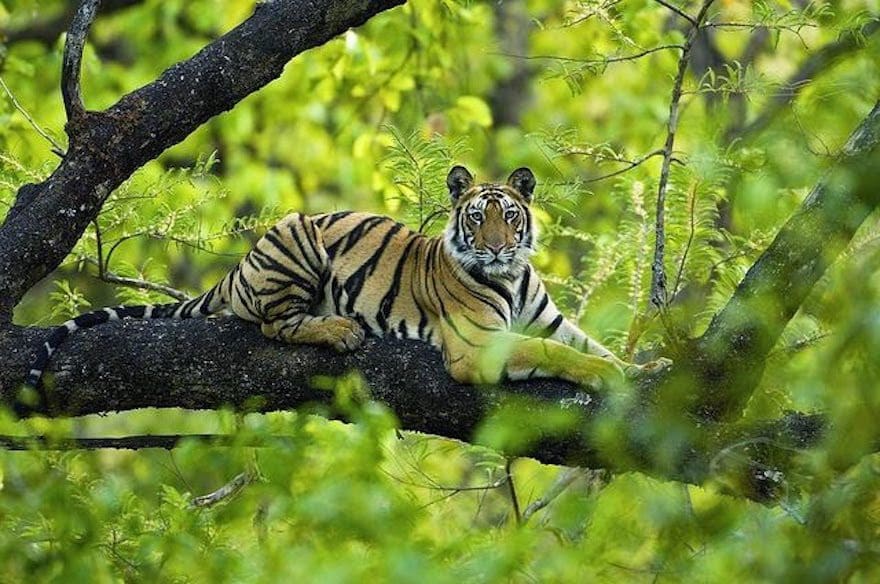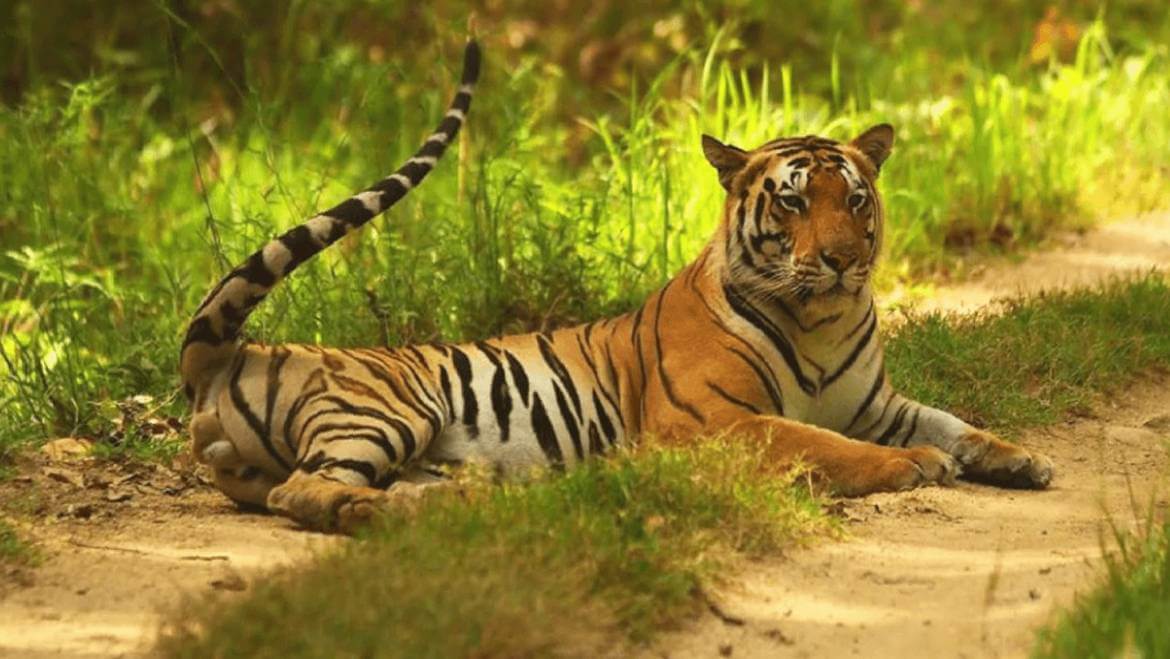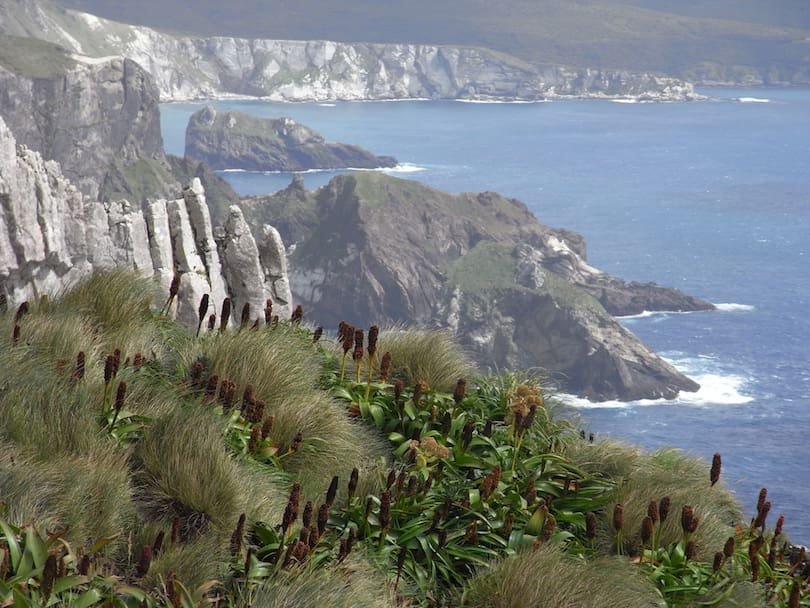India is known for its rich biodiversity and diverse ecosystems, making it a hub of unique flora and fauna. To protect and preserve this precious natural heritage, the country has made significant efforts in wildlife conservation. This article explores the various initiatives, challenges, success stories, and future prospects of wildlife conservation in India.

Introduction
India is home to a wide variety of wildlife species, including endangered and critically endangered ones. The preservation of this wildlife is crucial not only for the conservation of biodiversity but also for maintaining ecological balance and ensuring sustainable development. Wildlife conservation involves the protection of habitats, prevention of poaching and illegal wildlife trade, and raising awareness about the importance of wildlife.
Importance of wildlife conservation in India
Wildlife conservation plays a vital role in maintaining ecological stability and the overall health of ecosystems. India’s diverse wildlife contributes to the country’s cultural heritage and provides numerous economic benefits through tourism and ecosystem services. Preserving wildlife habitats also helps in mitigating climate change and conserving natural resources.
Government initiatives for wildlife conservation
The Government of India has implemented several initiatives and laws to promote wildlife conservation. The Wildlife Protection Act of 1972 serves as the primary legislation for the protection of wildlife and their habitats. The Act prohibits hunting, poaching, and trade of endangered species. The government has also established national parks, wildlife sanctuaries, and biosphere reserves to provide protected areas for wildlife.
Protected areas and national parks in India
India boasts an extensive network of protected areas and national parks. These areas serve as havens for various wildlife species and play a crucial role in their conservation. Some prominent national parks include Jim Corbett National Park, Kaziranga National Park, Ranthambore National Park, and Periyar National Park. These parks are home to iconic species like tigers, elephants, rhinoceros, and many more.
Conservation of endangered species
India is home to several endangered species, including the Bengal tiger, Indian rhinoceros, Asiatic lion, and snow leopard. Conservation efforts are focused on protecting these species and their habitats. Projects like Project Tiger, Project Elephant, and Project Snow Leopard aim to conserve and increase the populations of these iconic species through habitat preservation, anti-poaching measures, and community participation.

Role of NGOs in wildlife conservation
Non-governmental organizations (NGOs) play a crucial role in wildlife conservation in India. Organizations like Wildlife Trust of India, World Wildlife Fund (WWF) India, and Bombay Natural History Society work tirelessly to protect and conserve wildlife. They engage in initiatives such as habitat restoration, anti-poaching campaigns, research, and community outreach programs to raise awareness and promote conservation.
Wildlife conservation challenges in India
Despite the efforts made, wildlife conservation in India faces numerous challenges. Habitat loss due to deforestation, encroachment, and industrial activities remains a significant threat to wildlife. Poaching and illegal wildlife trade continue to be persistent issues, driven by demand for animal parts and products in illegal markets. Human-wildlife conflict, where the interests of humans and wildlife clash, poses another challenge. This conflict arises due to competition for resources, crop damage, and livestock predation. Climate change and its impacts on ecosystems further exacerbate the challenges faced by wildlife.
Community involvement in wildlife conservation
Recognizing the importance of community participation in wildlife conservation, efforts have been made to engage local communities in conservation activities. Community-based conservation programs empower communities to take ownership of wildlife conservation initiatives. This approach involves providing incentives for conservation-friendly practices, creating alternative livelihood opportunities, and educating communities about the value of wildlife.
Wildlife tourism and its impact on conservation
Wildlife tourism has gained popularity in India, attracting visitors from around the world. While wildlife tourism can generate economic benefits and create awareness about wildlife conservation, it also poses potential risks. Unregulated tourism can disturb habitats, disrupt animal behavior, and contribute to habitat degradation. Responsible and sustainable wildlife tourism practices that prioritize conservation and minimize negative impacts are essential.
Success stories of wildlife conservation in India
India has witnessed notable success stories in wildlife conservation. The recovery of the Indian tiger population is one such achievement. Through dedicated conservation efforts, including increased anti-poaching measures and habitat protection, the tiger population has shown a positive trend. The population of the Indian rhinoceros in Kaziranga National Park has also witnessed significant growth, demonstrating the effectiveness of conservation strategies.
Future prospects and recommendations
While progress has been made in wildlife conservation, continued efforts are necessary to address existing challenges and prepare for future conservation needs. Strengthening law enforcement, enhancing habitat connectivity, promoting sustainable development practices, and raising awareness among the public are crucial. Collaborative partnerships between government bodies, NGOs, local communities, and stakeholders are essential for achieving long-term conservation goals.
Conclusion
Wildlife conservation in India is a pressing need to safeguard the country’s rich biodiversity. Efforts made by the government, NGOs, communities, and individuals are crucial in mitigating the threats faced by wildlife and preserving their habitats. Through sustainable practices, community involvement, and responsible tourism, India can secure a future where wildlife thrives alongside human development.
FAQs
FAQ 1: What is the significance of wildlife conservation?
Wildlife conservation is significant as it helps maintain ecological balance, preserves biodiversity, and ensures the sustainability of ecosystems. It contributes to the cultural heritage of a region, provides economic benefits through tourism, and plays a crucial role in mitigating climate change.
FAQ 2: How can individuals contribute to wildlife conservation?
Individuals can contribute to wildlife conservation by supporting conservation organizations, participating in local community initiatives, practicing responsible tourism, spreading awareness about the importance of wildlife, and avoiding the purchase of products derived from illegal wildlife trade.
FAQ 3: What are some endangered species in India?
Some endangered species in India include the Bengal tiger, Indian rhinoceros, Asiatic lion, snow leopard, blackbuck, and the Indian elephant. These species require focused conservation efforts to protect them from extinction.
FAQ 4: How does wildlife tourism impact conservation efforts?
Wildlife tourism can have both positive and negative impacts on conservation efforts. Responsible and sustainable tourism practices that prioritize wildlife conservation can generate awareness, support local communities, and contribute to conservation funding. However, unregulated tourism can disrupt habitats, disturb wildlife, and contribute to environmental degradation.
FAQ 5: What are the main challenges faced in wildlife conservation?
The main challenges in wildlife conservation include habitat loss due to deforestation and encroachment, poaching and illegal wildlife trade, human-wildlife conflict, climate change impacts, and the need for community participation and awareness. Addressing these challenges requires collaborative efforts and sustainable conservation strategies to ensure the long-term survival of wildlife species and their habitats.






